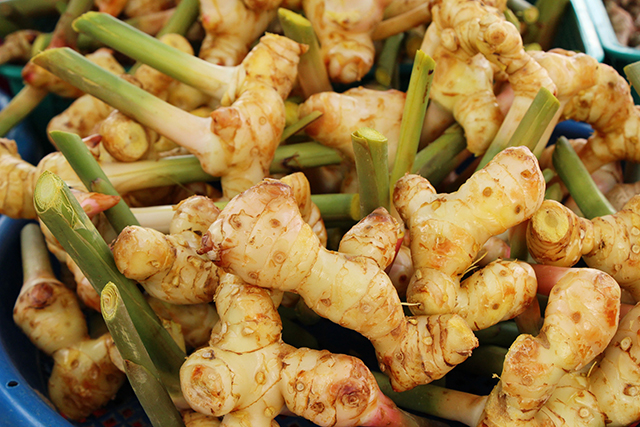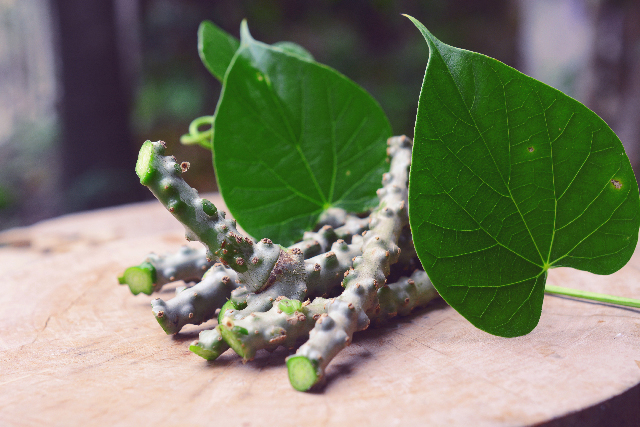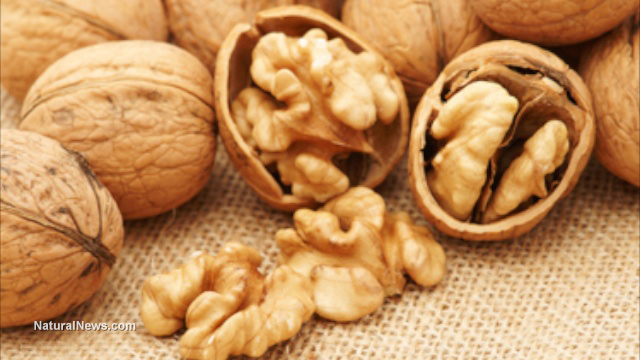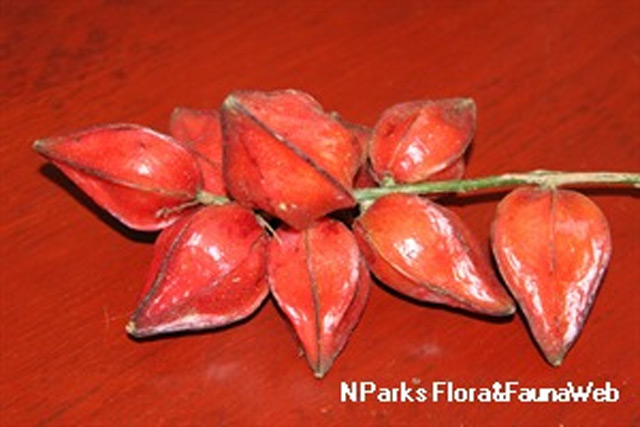Could galangal be the next functional superfood?
05/23/2019 / By Evangelyn Rodriguez
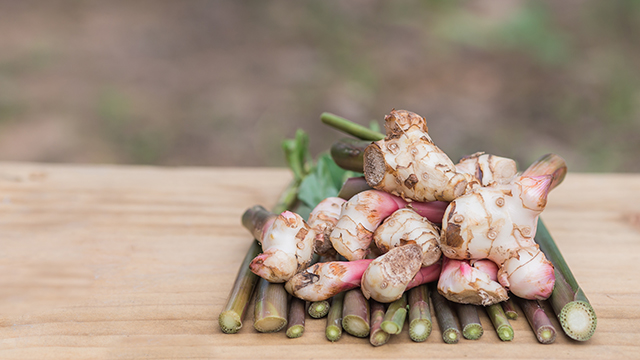
Kaempferia galanga, also known as aromatic ginger or galangal, is a highly valued medicinal plant that is also cultivated as a spice in some tropical countries, such as India and Malaysia. K. galanga belongs to the ginger family Zingiberaceae and is one of the most important plants in the industry due to its many applications.
Recently, researchers from the Council of Scientific Research-North East Institute of Science and Technology in India wrote a review about K. galanga due to its huge marketability as well as its wealth of pharmacological applicability. The essential oil of K. galanga, for instance, contains many chemical components that exhibit antimicrobial and nutraceutical properties. The authors of the review estimated that on the international market, the value of essential oils like those derived from K. galanga varies from US$600 to 700 per kilogram. Their review containing up-to-date information about the chemical composition and biological activity of the essential oil of K. galanga appeared in the Journal of Essential Oil Research.
Aromatic ginger in traditional medicine
K. galanga is a small, perennial herb with thick, rounded leaves that lay flat in a rosette on the ground. It is grown not only for food and medicine but also as an ornamental plant. K. galanga prefers humid climates and rich moist soil. Its leaves can be eaten raw or cooked, and its rhizomes, while young, are tender and aromatic. They can be used for cooking, as a condiment, or, when dried, as a substitute for turmeric in curry powder.
100% organic essential oil sets now available for your home and personal care, including Rosemary, Oregano, Eucalyptus, Tea Tree, Clary Sage and more, all 100% organic and laboratory tested for safety. A multitude of uses, from stress reduction to topical first aid. See the complete listing here, and help support this news site.
Aromatic ginger possesses a camphoraceous aroma, and it can be used as a stimulant, a diuretic, an antimicrobial, or a treatment to improve digestion. The root of the aromatic ginger can treat colds, headaches, respiratory problems, and digestive problems. Traditionally, it is known to treat high blood pressure, asthma, and rheumatism. The roots are used as an ingredient in postpartum medicine, in poultices for wounds, and solutions used for sore throats. (Related: Healing essential oils: Relieve inflammation and swelling with ginger oil.)
Aromatic ginger has also been used to make the following natural remedies:
- For dirty blood – The concoction made from boiling aromatic ginger with two dry clove grains, fistula cassia leaf, and fennel seeds cleans the blood.
- For stomach ulcers – Chewing on the peeled rhizomes of aromatic ginger until all the juice is gone treats stomach ulcers.
- For heartburn – The solution made from adding grated rhizome to cooking water and salt helps with heartburn.
- For sprains – The paste made from mixing and mashing the rhizome with a handful of soaked rice is good for sprains.
- For coughs – The mixture produced by combining the grated rhizome with warm water and salt treats coughs.
Components of galangal essential oil and their uses
According to the review, the major chemical components of the essential oil of K. galanga have nutraceutical properties and industrial applications. These phytochemicals and their benefits are as follows:
- Ethyl-p-methoxy-cinnamate has anti-inflammatory, analgesic, antifungal, and anti-angiogenic activities.
- Ethyl cinnamate is commonly used in the formulation of edible fragrances such as almond, vanilla, cinnamon, honey, berries, mixed sweet drinks, grape, and cherry.
- 1,8-cineole, also known as eucalyptol, has analgesic, anti-inflammatory, antibacterial, antioxidant, antiviral, mucolytic, hypotensive, and antispasmodic properties. It also increases cerebral blood flow.
- Borneol is used in traditional Chinese medicine to aid digestion; improve blood circulation; treat bronchitis, coughs, and colds; relieve pain caused by rheumatism; reduce swelling; and relieve stress.
- Camphene has antifungal, antibacterial, antioxidant, analgesic, and antinociceptive activities.
- Methyl-cinnamate is used in the flavor and perfume industries.
Because of these components, the researchers believe that the essential oil of K. galanga has various pharmacological applications and commercial utility.
Sources include:
Tagged Under: alternative medicine, anti-inflammatory, Antifungal, Antimicrobial, aromatic ginger, food cures, food is medicine, food science, functional food, galangal, galangal essential oil, herbal medicine, Herbs, Kaempferia galanga, medicinal plants, natural cures, natural medicine, pain relief, remedies, research, stress relief, traditional medicine



